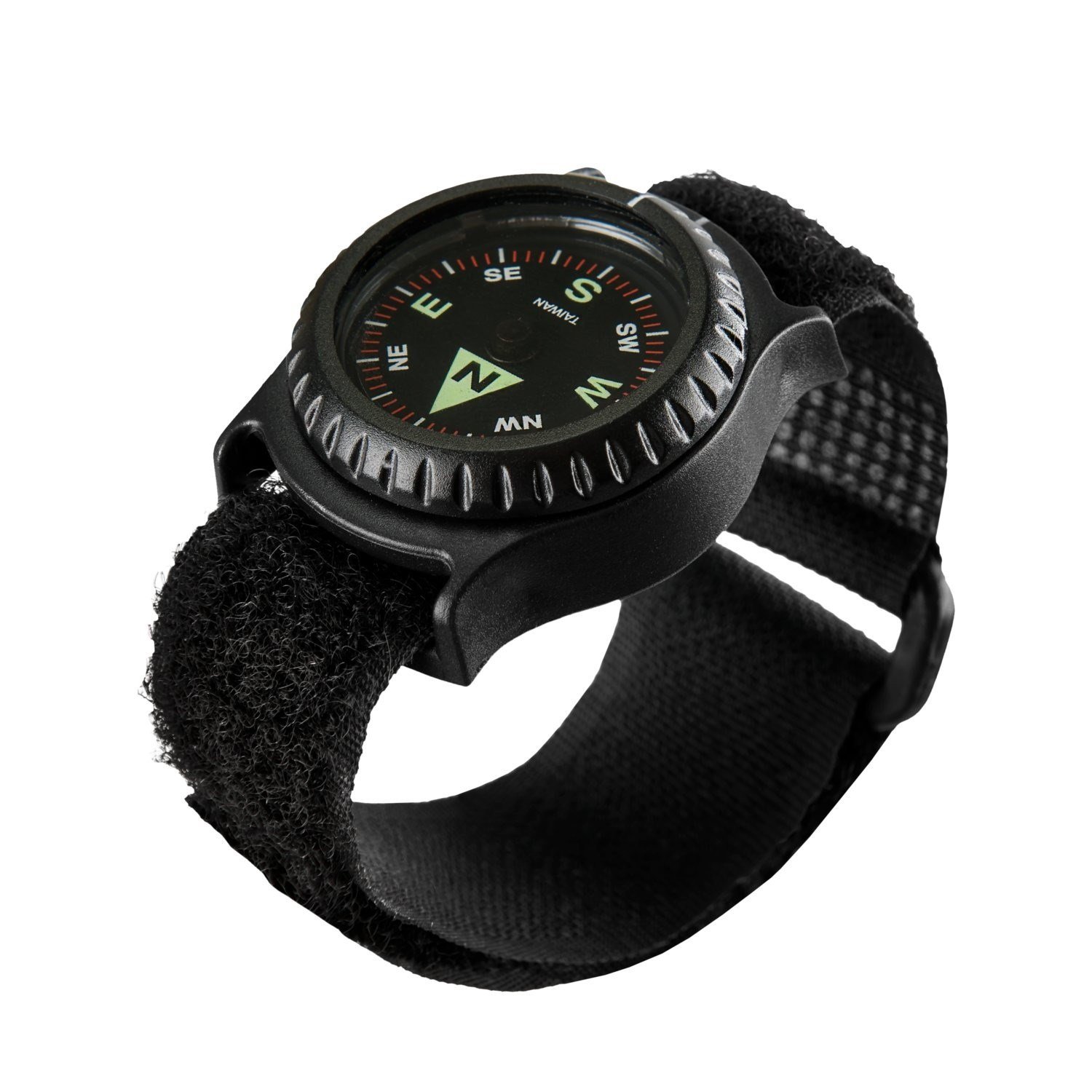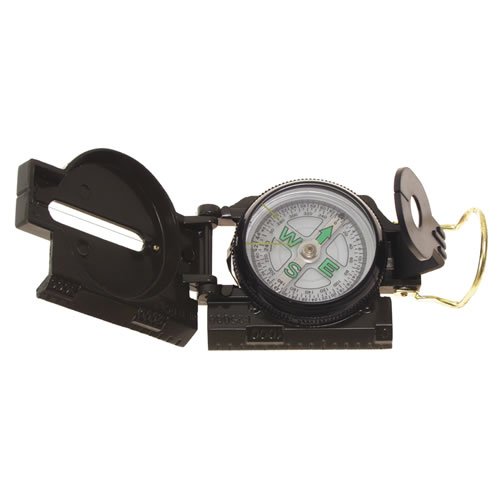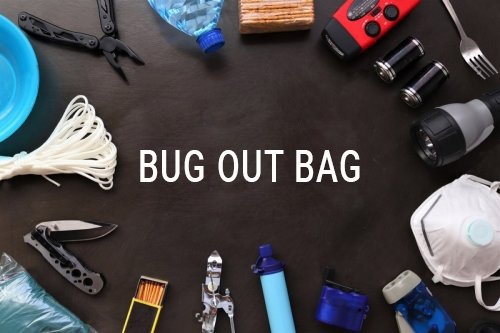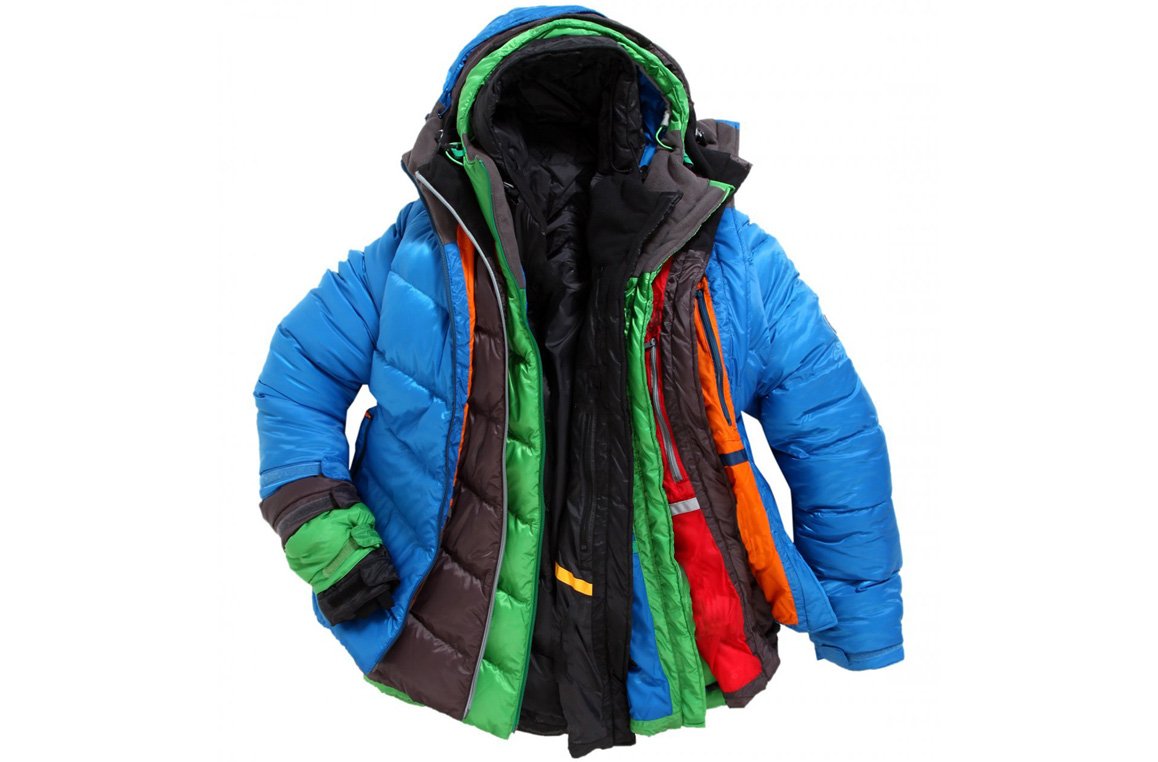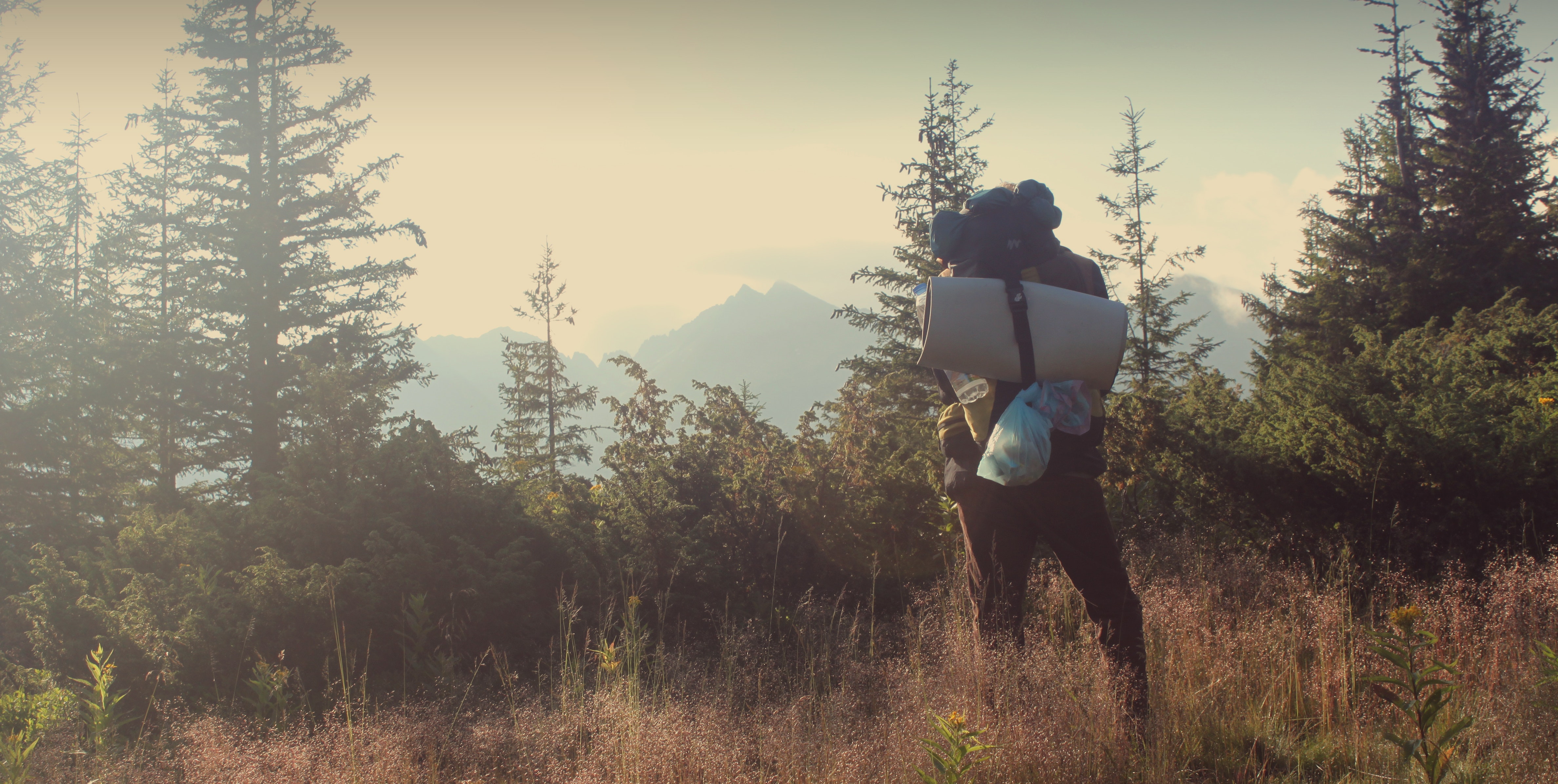Search term must have more than 2 characters.
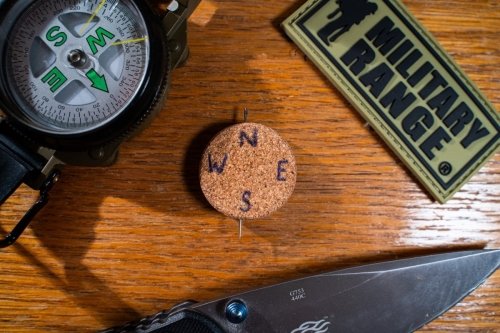
A compass is a valuable aid for every adventurer who likes to enjoy nature on their own. In addition, it is a basic instrument that makes it easy for the adventurer to find a journey home...
A compass is a valuable aid for every adventurer who likes to enjoy nature on their own. In addition, it is a basic instrument that makes it easy for the adventurer to find a journey home.
However, if someone is already able to use a compass, it does not mean that they also understand how it works, although the principle is very simple.
Each magnet has two poles: north and south. Both sides create their own magnetic field that attracts opposite poles. This means that when the two magnets come together, it is thanks to the attraction of the North and South Poles. Opposites attract.
As you might (or should) anticipate, the Earth itself is a gigantic magnet that has a magnetic field. Practically every magnet on Earth tries to align this field, and this is exactly the phenomenon used by contemporary compasses. The problem is that the magnetic field of Earth is relatively 'weak' and most of the objects in motion brake the friction. However, if the magnet is used in an environment where friction is limited and where free movement is possible, the magnet aligns according to the described logic.
As soon as you understand how the compass works, you will also be able to make your own. The production process itself is very simple and can be fun and training not only for you, but also for your children. In addition, you can use a wide range of materials that you have at your disposal.
In today's article, we will look at one of the conventional ways of making a compass: we will use a cork, a needle, and a cup with water.
1. Cut a small cork disc
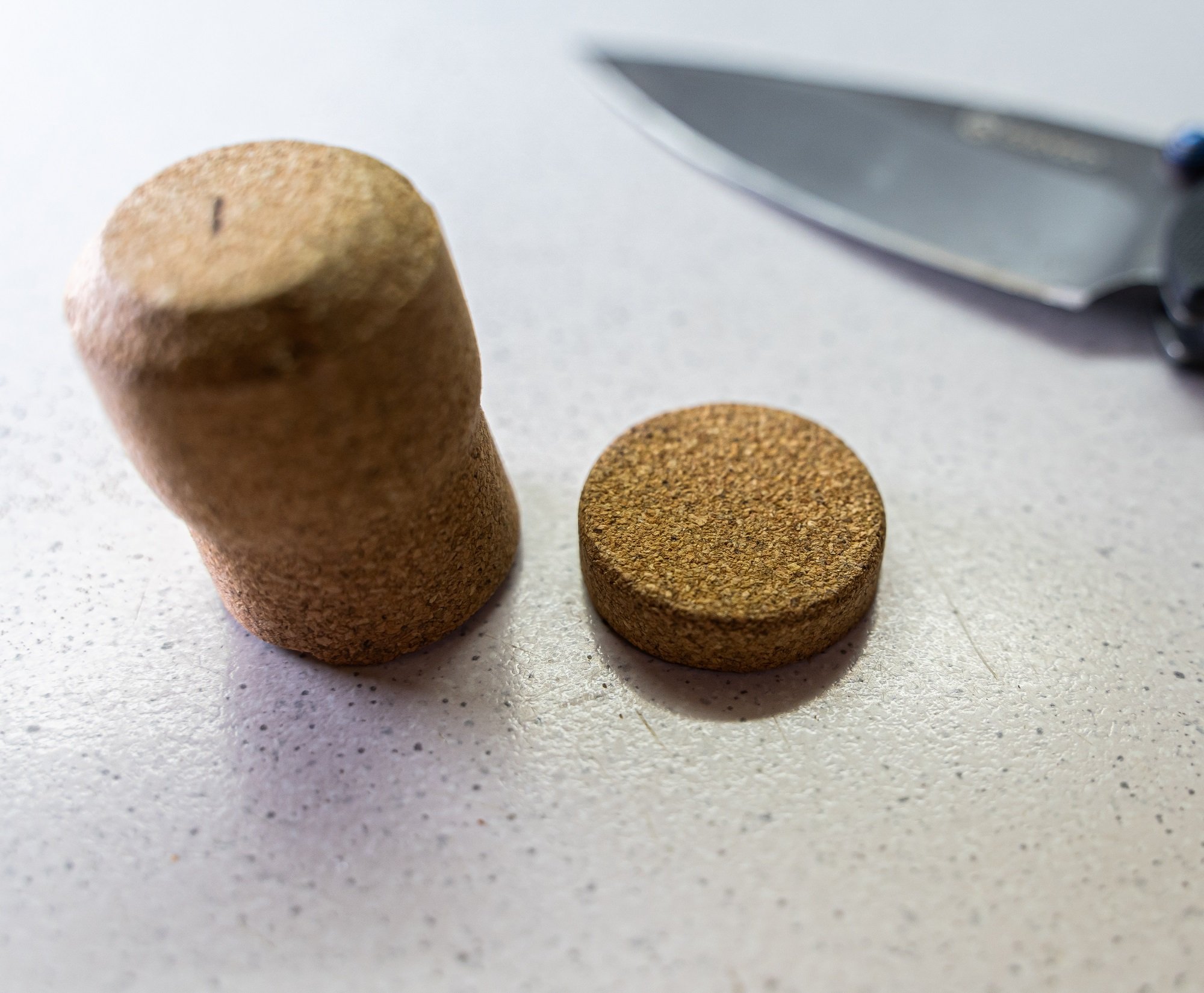
Cut the end of the cork at a height of approximately 5 mm.
2. Magnetize the needle
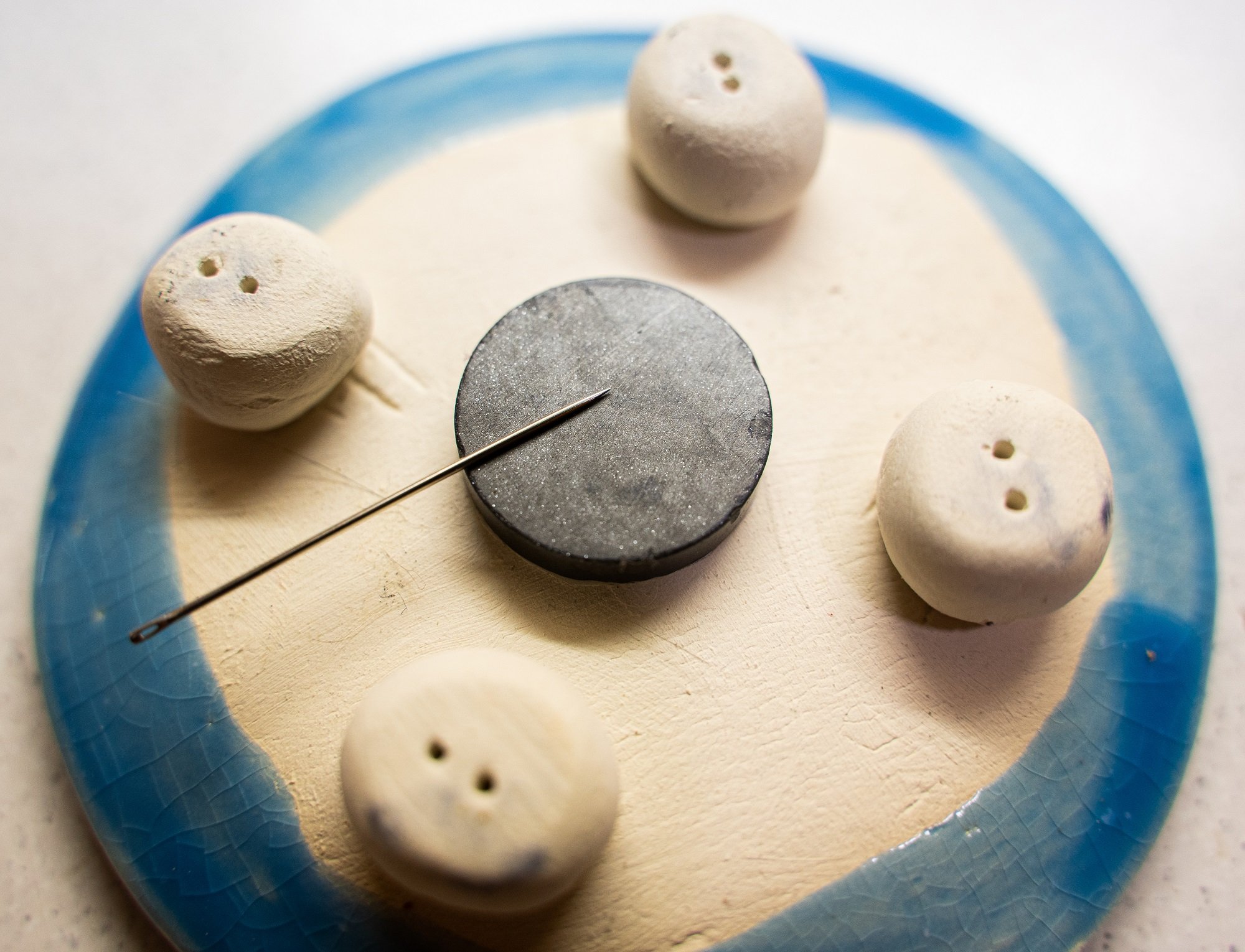
Keep touching the magnet with the needle tip, making sure that all the touches are made in the same direction at all times. Any magnet at hand will do, but the stronger, the better. With a truly strong magnet, it will be enough for you to magnetise only for a moment. If you have a weak magnet, like me, repeat the entire process at least fifty times, then the needle will be ready.
3. Push the needle through the cork
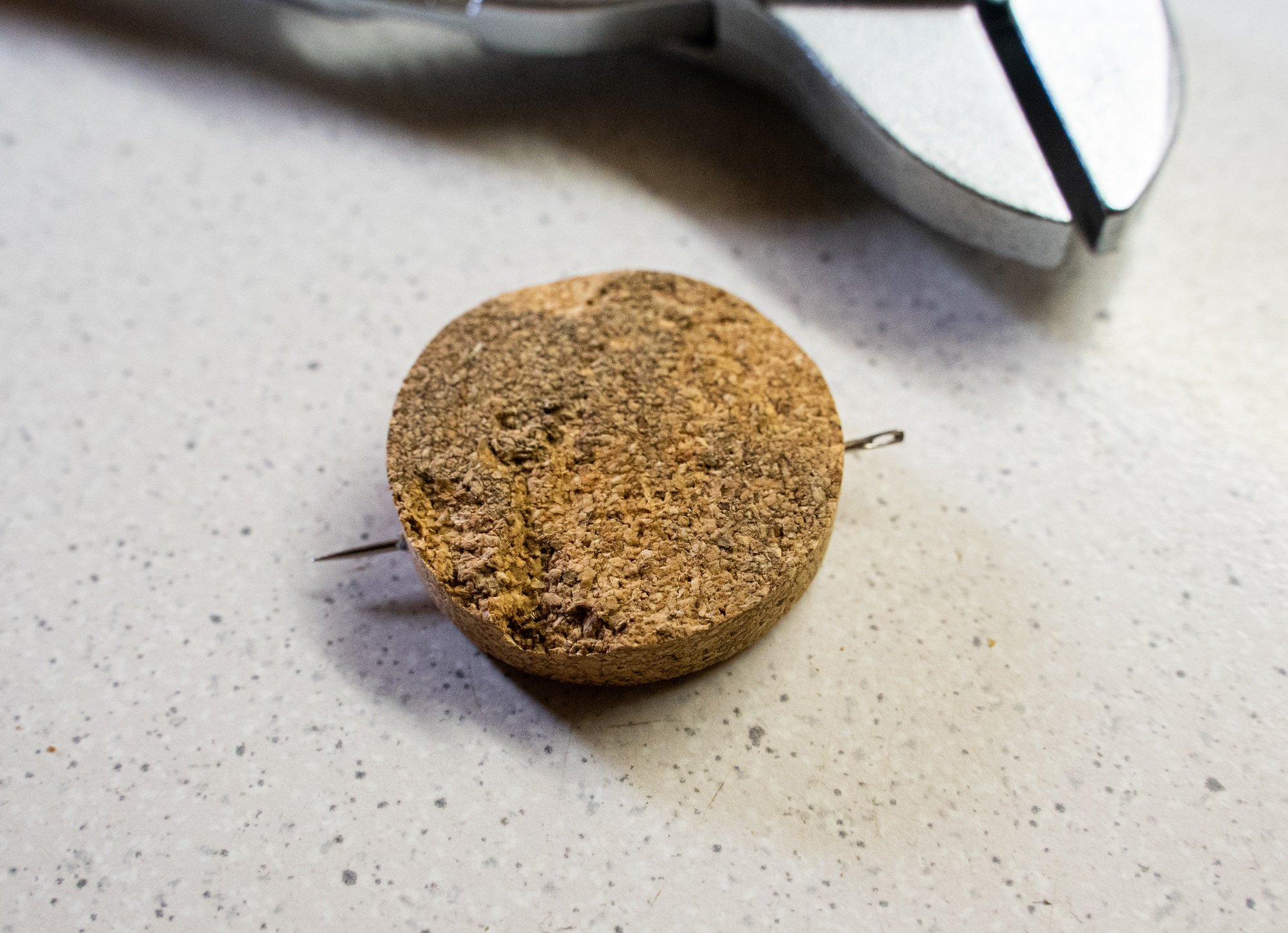
Push the needle through the cork. There is no need for the needle to run through the centre precisely. Use tools to avoid unnecessary injury.
4. Put compass in the water
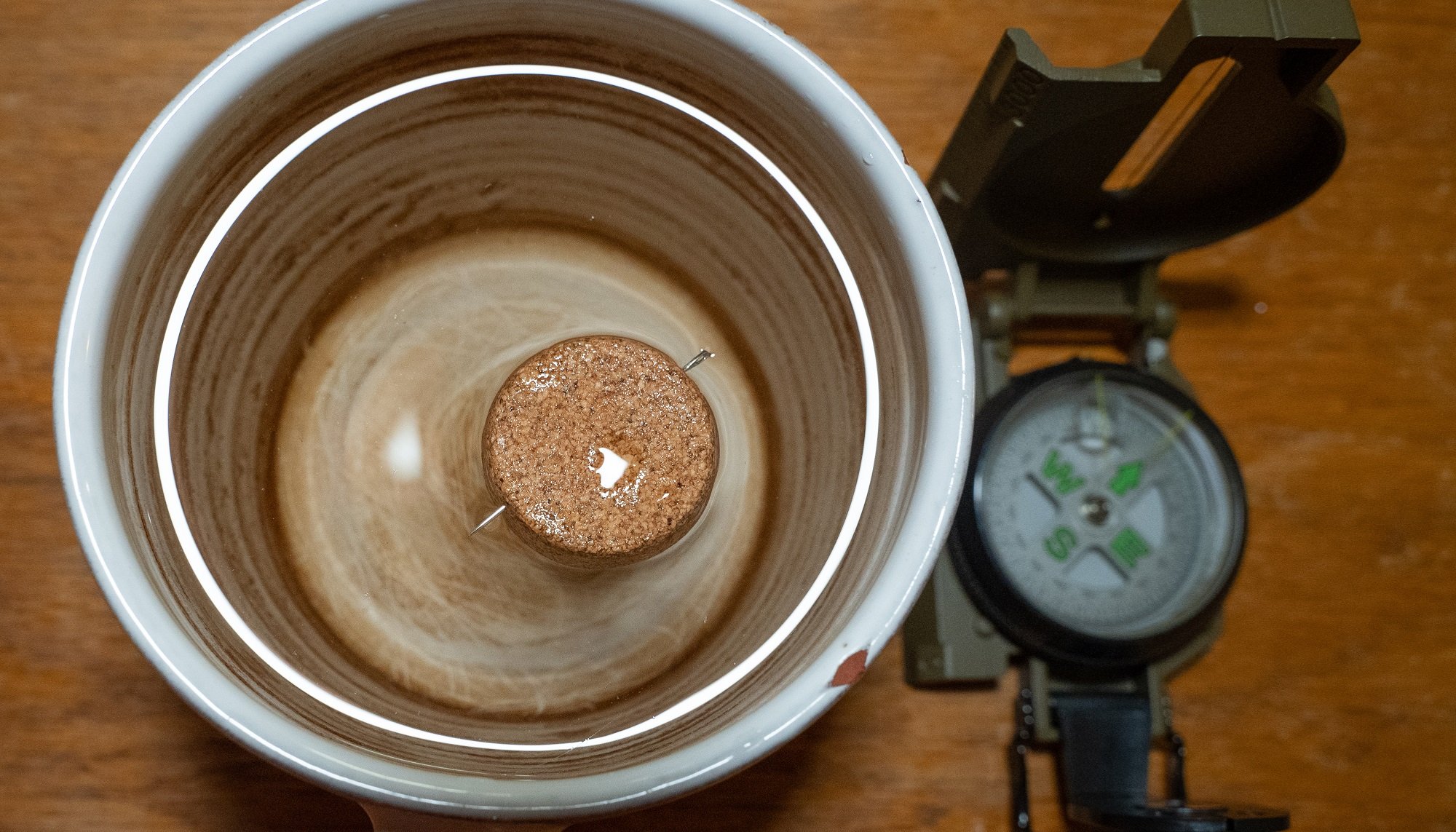
Find a small container with water where you place your compass in. The cork holds the needle above the surface and the water will allow it to move freely without friction, which is needed for alignment with the magnetic field. Using another compass, check where the end of the needle directs.
If you are making a compass because you have none, you can get orientated according to sunrise and sunset. Once you know where East and West are, you know which end of the needle points to the north. Also, remember to identify the compass itself.
5. Mark the points
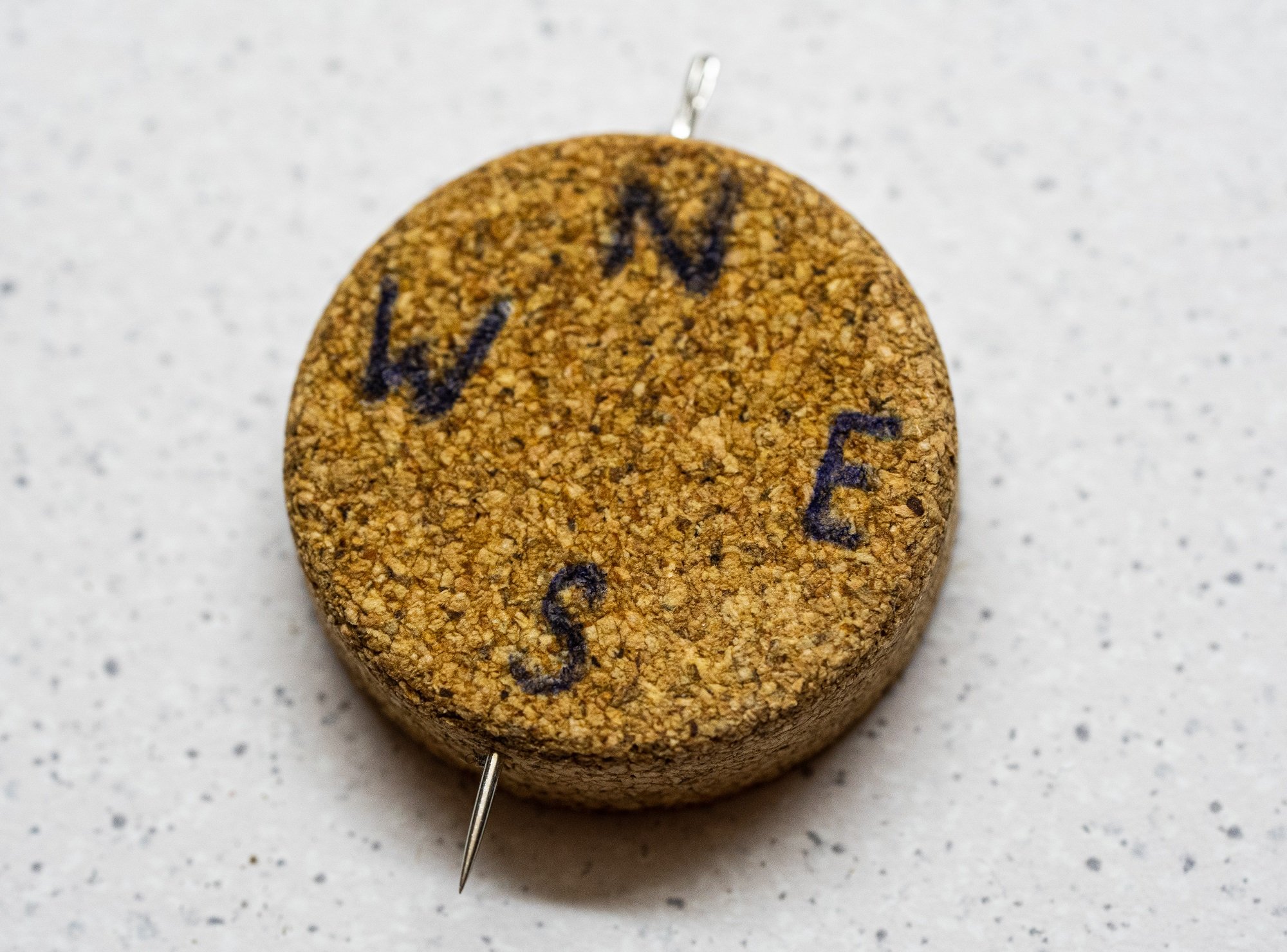
Mark the cardinal points on the compass. Remember that a compass made in this way is temporary, the needle will not remain magnetised for a long time, and if you want to use it again, it will have to be wiped again with a magnet.
News
Bug out bag
In today's article, we will look at how to create an evacuation bag that will serve when you must leave your home unexpectedly, whether due to natural disasters or humanity. This luggage should help you...
How to make a compass?
A compass is a valuable aid for every adventurer who likes to enjoy nature on their own. In addition, it is a basic instrument that makes it easy for the adventurer to find a journey home...
Basics of putting clothing on in layers in cold weather
It is getting cold outside and many of you are certainly planning a number of winter and autumn field trips. In today's short article, we will look at the basic system of three layers which should keep...
How to choose a sleeping bag?
A properly chosen sleeping bag can make the difference whether you spend most nights beneath the stars in a pleasant, warm comfort, or in unpleasant cold. To make the choice a little easier, we have written...



